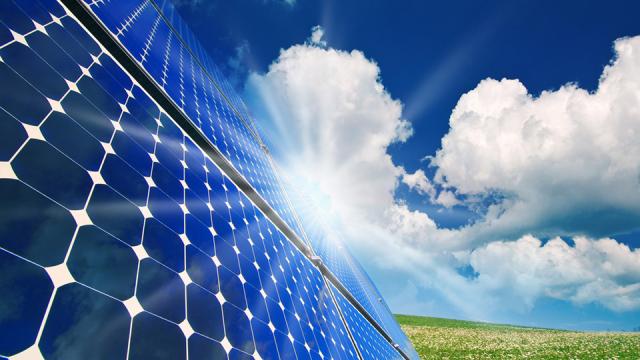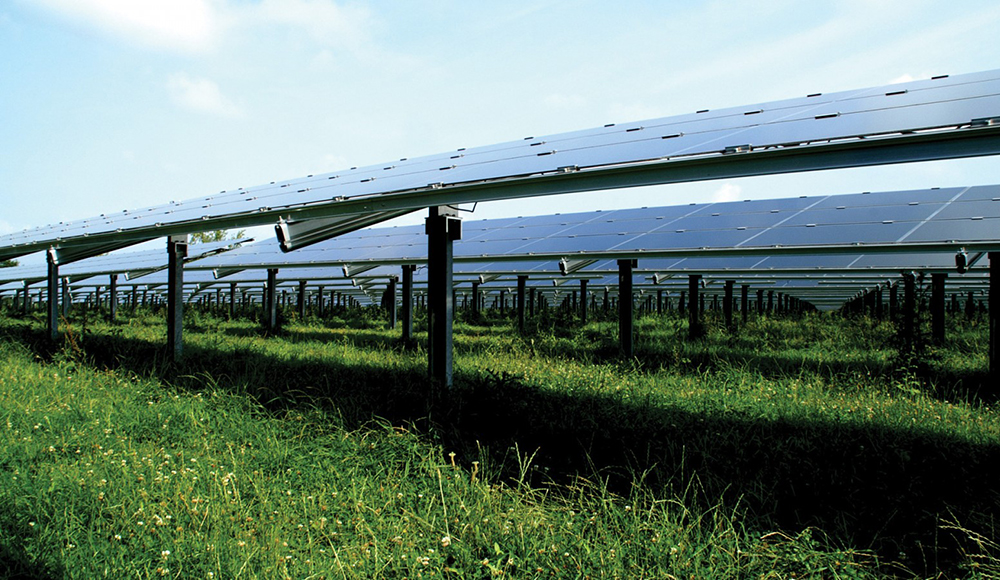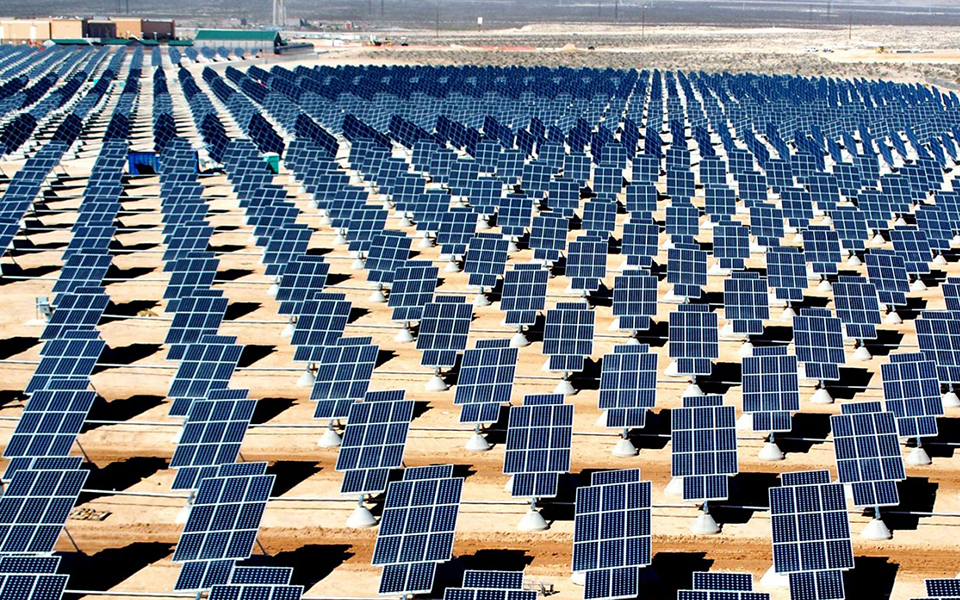
Welcome to the future, it’s already here. Solar employs and nuclear destroys; we have ample evidence of that, and with the annual U.S. solar jobs census we now have proof that solar power isn’t just providing energy without destroying our oceans and contaminating the earth and air with strontium, caesium and barium, among other chemicals. It is providing more than 143,000 Americans a paycheck.
Since 2012, that’s nearly a 20 percent increase, says The Solar Foundation, which conducts the census. An additional 23,682 jobs have been added —10 times the rate of employment growth as the national average of just 1.9 percent.
In the past four years, 50,000 well paying jobs were added — many of them building and installing solar panels, and this employment rate is expected to continue growing at a steady pace.
Solar installers also make an average of $20 to $23.60 an hour compared to the wages of a coal miner; that isn’t bad, especially considering the payouts to workers with black lung disease amount to billions and the detrimental affects to a worker’s health are almost irreversible.
Comparatively, during the last two years, fossil fuel jobs declined by 8.7 percent leaving 8,500 positions void, according to the Bureau of Labor Statistics. If you add up the figures, the solar industry now employs more folks than our coal and natural gas industries combined.
The high cost of solar, which was one factor slowing the industry’s growth is also now quickly changing. More than 51 percent of people are now installing solar not just to protect the environment and avoid another Fukushima disaster, but because it is cheaper.
According to Philip Jordan, vice president at BW Research Partnership, and a partner in the research:
“The study shows both aggressive hiring and clear optimism among U.S. solar companies. Of particular interest are the continued high wages among solar installers; we also found higher than average employment of veterans in the solar industry, a sign that their high-tech skills are valued in this sector.”
SolarCity created more than 2,000 jobs just last year. Lyndon Rive, CEO of SolarCity reminds us that, “when we install solar panels, we create local jobs that can't be outsourced... We’ve barely begun this transformation, but as it advances, the American solar industry has the potential to be one of the greatest job creators this country has ever seen.”
*
Meanwhile, Brandon Baker reporting for EcoWatch writes that the West Coast’s first offshore wind turbine just got the green light for development:
The development of what should be the U.S.’s first offshore wind farm on the West Coast received a boost last week, earning approval to begin building.
The approval of a five-turbine, 30-megawatt (MW) pilot project off Coos Bay in Oregon was announced Wednesday by Gov. John Kitzhaber, U.S. Secretary of the Interior Sally Jewell and Bureau of Ocean Energy Management (BOEM) Director Tommy Beaudreau. The farm would be about 15 miles from shore in about 1,400 feet of water, according to The Associated Press.
Seattle-based Principle Power will use a floating wind turbine technology that has not been deployed in U.S. waters but has been used in Europe and Asia.
Belinda Batten, director of the Northwest National Marine Renewable Energy Center at Oregon State University, told The Associated Press that plans for offshore farms on the West Coast had yet to surface because of different technological needs to deal with the Pacific Ocean getting deeper more quickly than the Atlantic or other areas. Turbines off the Atlantic coast will be anchored to the seabed .
The Coos Bay project will use electrical cables and a single power cable to transmit electricity back to the mainland. “We’re not as anxious to commercialize it, but it’s still worth getting the projects into the water and testing them,” Batten said. “As we learn how to deploy and maintain them, the price will come down.”
Using statistics from the National Renewable Energy Laboratory, the U.S. Department of Interior estimates that the West Coast is capable of producing more than 800 gigawatts (GW) of wind energ — which equals more than three-quarters of the nation’s entire power generation capacity, according to North American Wind Power. The estimate for the whole country is nearly 2,000 GW.
“The WindFloat Pacific project is the latest in a series of lease initiatives BOEM has undertaken to move forward offshore wind energy development,” Beaudreau said. “On the Atlantic Coast, the five commercial project leases we’ve issued, if fully developed, could generate enough renewable energy to power 1.4 million homes.”
Atlantic coast projects include a pilot project in Maine that developers hope will give way to a 500-MW farm, as well as a wind farm to be constructed off the shores of Cape Cod, Mass., that has been stymied by lawsuits from opposers.
3 WAYS TO SHOW YOUR SUPPORT
- Log in to post comments















